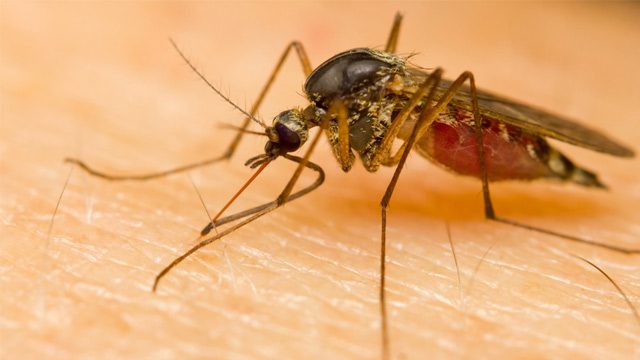SUMMARY
This is AI generated summarization, which may have errors. For context, always refer to the full article.

MANILA, Philippines – The Department of Health (DOH) recorded an upsurge in the number of dengue cases in the first two months of 2019, compared to the same period last year.
On Friday, March 8, the health department urged the public to take precautions, even as it warned that dengue was now a year-round disease compared to previous years, when it was seen mostly during the rainy season.
The rise in dengue cases comes as the DOH is struggling to contain a measles outbreak that has swept across the country. (READ: PH among top countries with highest increase in measles cases – Unicef)
Data from the DOH epidemiology bureau showed there were 36,664 cases of dengue from January 1 to February 23, 2019. This is 14,703 or 67% higher compared to the same time period in 2018, when there were 21,961 cases.
Health Secretary Fransisco Duque III urged the public to search for and destroy possible breeding grounds for mosquitoes to avoid possible dengue cases in communities.
“The first step to prevent dengue is within our homes. It is important to remove any space or container that can hold unnecessary stagnant water which may become breeding sites of mosquitoes,” Duque said.
On the lookout: Dengue is transmitted through a bite of dengue-infected Aedes aegypti and Aedes albopictus mosquitoes. It can lay eggs in any space or container that can hold stagnant water, such as a bottle cap, dish dryer, plant axil, gutter, trash can, or old rubber tire, among others.
The health chief also urged individuals to consult with health professionals if they experience symptoms of the disease.
Symptoms of dengue include sudden onset of fever for 2 to 7 days, along with two of the following: headache, body weakness, joint and muscle pains, pain behind the eyes, loss of appetite, vomiting, diarrhea, and rashes.
The DOH said health care providers should also be on the look out for patients whose fever comes back after dropping by at least 1°C or to almost normal between 3-6 days. They should look out for warning signs in patients such as abdominal pain or tenderness, persistent vomiting, edema, lack of energy, and bleeding in mouth or nose.
“If any of these warning signs occur when the fever comes back, it is necessary to give the patient the right amount of oral fluids, especially Oral Rehydration Solution, before immediately referring to the nearest hospital for confinement so that proper clinical management can be provided and serious complications can be avoided,” Duque said. – Rappler.com
Add a comment
How does this make you feel?
There are no comments yet. Add your comment to start the conversation.